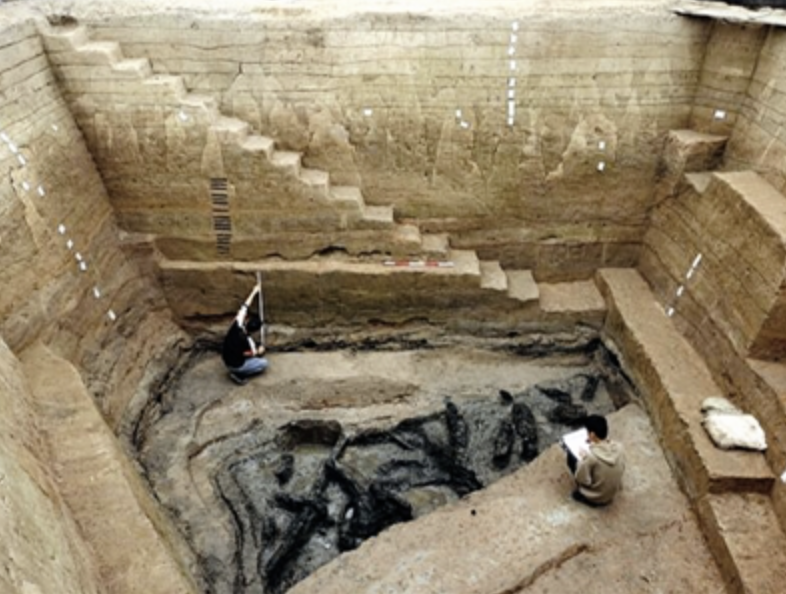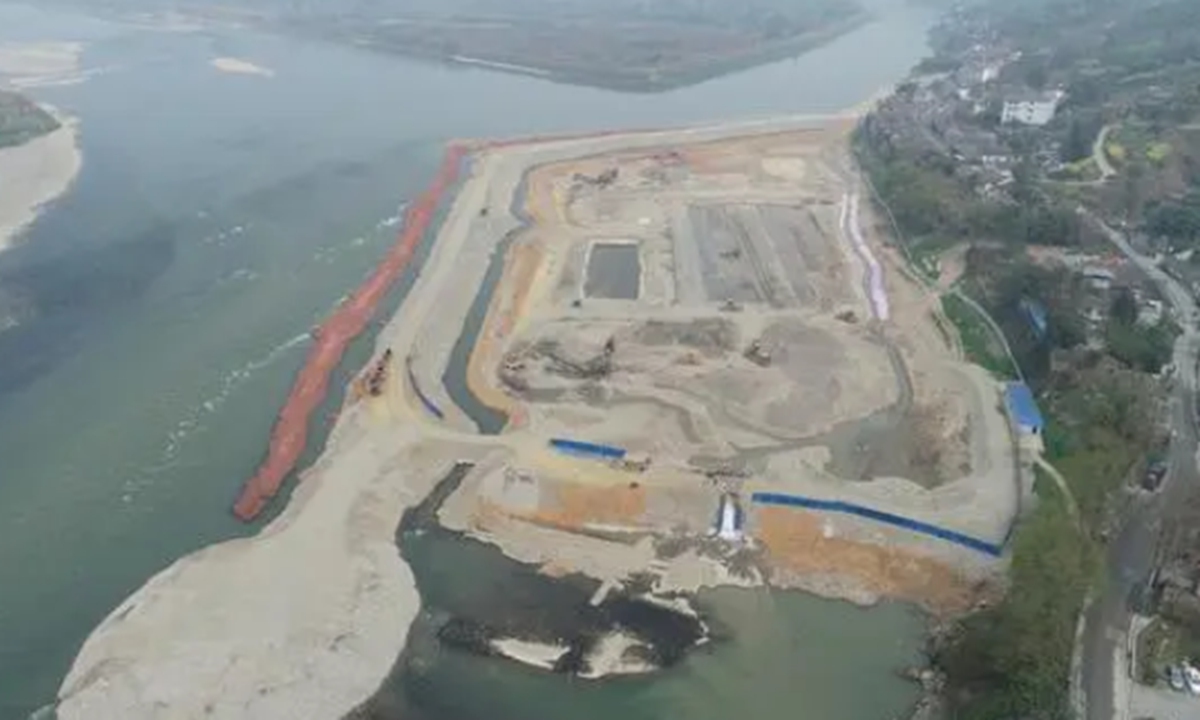
The Jiangkou Chenyin, an archaeological site by the Min River in Meishan, Southwest China's Sichuan Province Photo: Screenshot from website

The Jiangkou Chenyin site in Meishan,Southwest China's Sichuan Province Photo:Sina Weibo
More than 70,000 relics have been found at Jiangkou Chenyin, a unique "beach" archaeological site by the Min River in Meishan, Southwest China's Sichuan Province.


